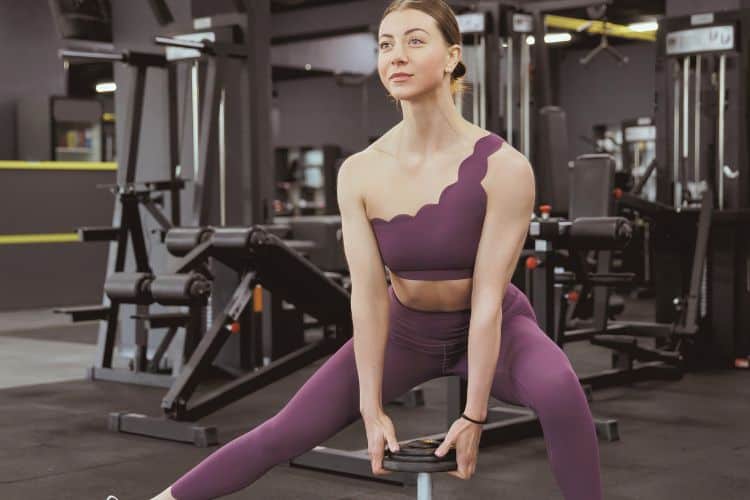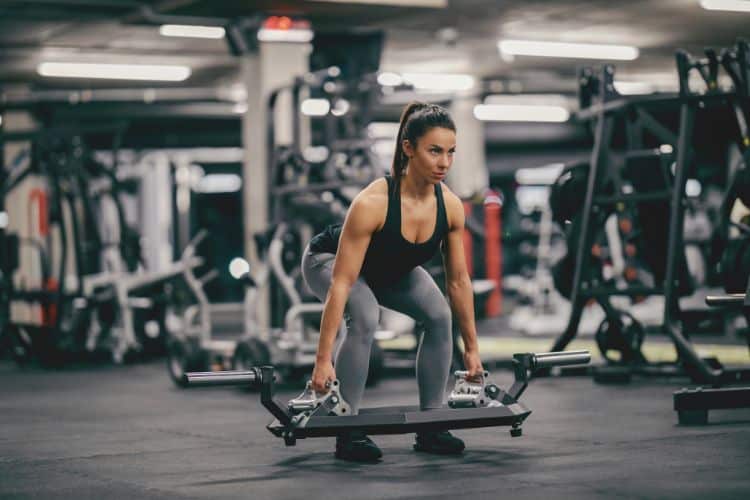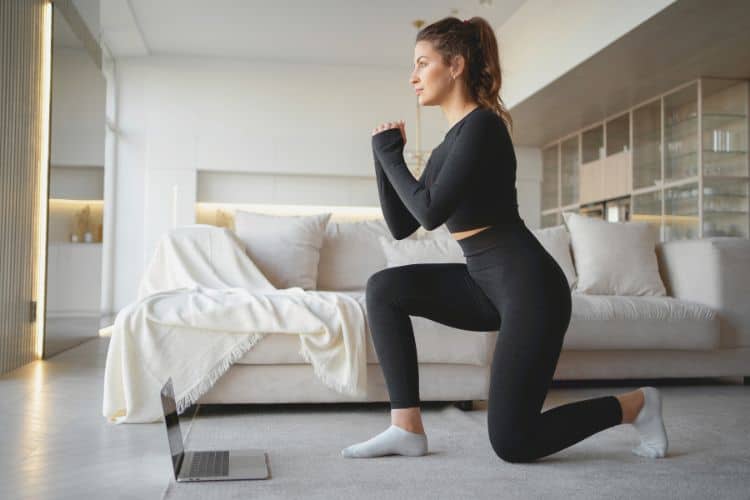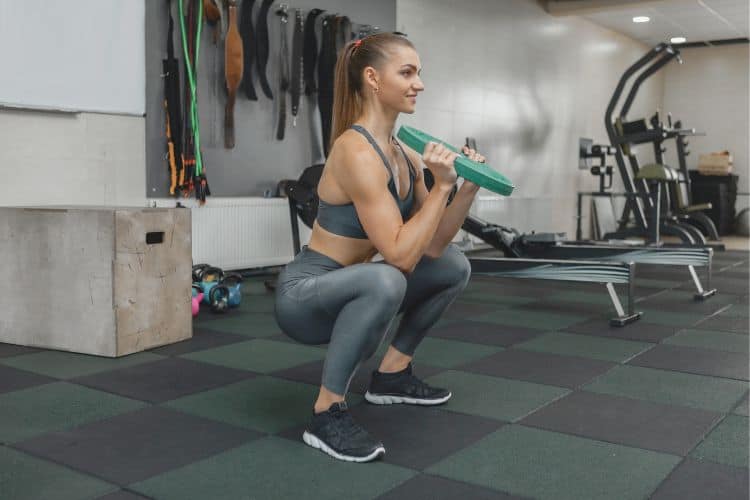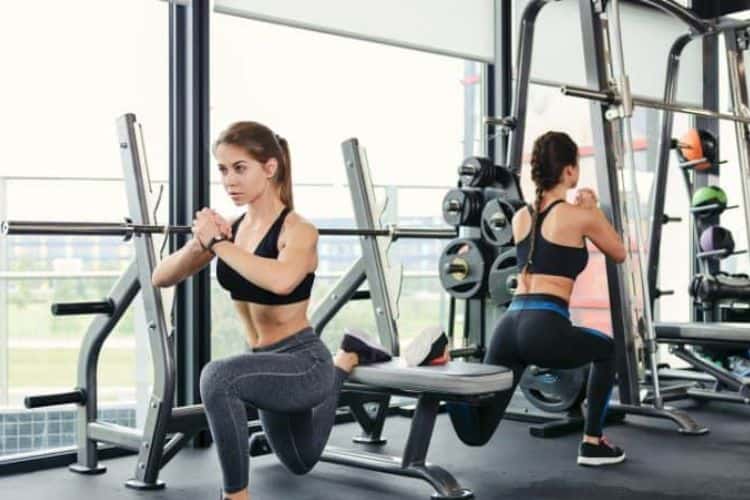10 Best Unilateral Leg Exercises for Strength Balance and Stability
Leg training often focuses on squats, deadlifts, and other bilateral movements where both legs work together. While these are excellent for building strength, adding unilateral leg exercises—movements that train one leg at a time—can improve balance, fix muscle imbalances, enhance athletic performance, and build stability.
In this guide, we’ll cover the 10 best unilateral exercises for legs, explain their benefits, and show you how to incorporate them into your training for maximum results.
Why Train Unilateral Leg Exercises
Fix Muscle Imbalances
Most people naturally have one leg stronger than the other. Over time, this imbalance can lead to poor performance, uneven development, or even injury. Unilateral leg training forces each leg to work independently, ensuring both sides progress equally.
Improve Balance and Stability
Single-leg movements challenge your stabilizing muscles, including the core, hips, and ankles. This translates into better balance for everyday activities and sports performance.
Athletes often perform dynamic, single-leg movements like sprinting, jumping, and changing directions. Training unilaterally builds the strength and stability needed for these explosive actions.
Reduce Injury Risk
Because unilateral training improves joint stability and coordination, it reduces stress on the knees, hips, and lower back, lowering injury risk.
1. Bulgarian Split Squat Unilateral Leg Exercises
The Bulgarian Split Squat is one of the most effective unilateral leg exercises for strength, size, and balance.
How to Do It
- Stand with your back to a bench or step.
- Place the top of one foot on the bench.
- Step forward with your working leg and keep your chest tall.
- Lower into a lunge until your front thigh is parallel to the ground.
- Push through your heel to return to the starting position.
Benefits
- Builds quads, hamstrings, and glutes.
- Enhances hip mobility.
- Excellent for correcting imbalances.
2. Single-Leg Romanian Deadlift (RDL)
The Single-Leg RDL strengthens the posterior chain while challenging balance.
How to Do It
- Stand tall with a dumbbell or kettlebell in one hand.
- Keep a slight bend in your working leg.
- Hinge at the hips while extending your opposite leg backward.
- Lower the weight until your torso is nearly parallel to the floor.
- Return to standing by squeezing your glutes.
Benefits
- Targets hamstrings and glutes.
- Improves balance and coordination.
- Strengthens stabilizers in the ankle and hip.
3. Step-Ups Unilateral Leg Exercises
Step-ups are simple yet powerful for developing single-leg strength and power.
How to Do It
- Stand in front of a sturdy bench or box.
- Step onto the bench with one foot, driving through the heel.
- Bring your other foot up, then step back down.
- Alternate legs or complete all reps on one side.
Benefits
- Great for quads, glutes, and calves.
- Builds functional strength for climbing and running.
- Easy to scale by adjusting step height or adding weights.
4. Pistol Squat
The Pistol Squat is an advanced bodyweight exercise requiring strength, balance, and mobility.
How to Do It
- Stand tall and extend one leg in front of you.
- Slowly lower into a squat on your supporting leg while keeping the other leg extended.
- Push through your heel to return to standing.
Benefits
- Builds incredible lower-body strength with no equipment.
- Develops balance and ankle mobility.
- Perfect for bodyweight-only training.
5. Lateral Lunge Unilateral Leg Exercises
The Lateral Lunge works the inner thighs while improving hip mobility.
How to Do It
- Stand with feet hip-width apart.
- Step out wide to one side and lower your hips into a lunge.
- Keep your chest up and your other leg straight.
- Push back to the starting position.
Benefits
- Targets adductors (inner thighs), quads, and glutes.
- Builds side-to-side stability.
- Reduces knee and hip injuries in athletes.
6. Single-Leg Glute Bridge Unilateral Leg Exercises
This exercise isolates the glutes and hamstrings while improving hip stability.
How to Do It
- Lie on your back with one foot flat on the ground.
- Extend your other leg straight.
- Drive through your heel to lift your hips.
- Hold at the top, then lower slowly.
Benefits
- Activates glutes and hamstrings.
- Improves hip stability.
- Excellent low-impact option for beginners.
7. Curtsy Lunge Unilateral Leg Exercises
The Curtsy Lunge adds a unique angle to traditional lunges, targeting glutes and inner thighs.
How to Do It
- Stand tall with feet hip-width apart.
- Step one leg diagonally behind the other, lowering into a lunge.
- Keep your torso upright and push back to standing.
Benefits
- Targets glutes, quads, and adductors.
- Improves coordination.
- Helps sculpt leaner, stronger legs.
8. Skater Jumps Unilateral Leg Exercises
A plyometric unilateral exercise, skater jumps build explosive power and agility.
How to Do It
- Stand with feet shoulder-width apart.
- Jump sideways onto one leg, swinging your arms for momentum.
- Land softly and immediately jump to the other side.
Benefits
- Builds explosive lateral power.
- Enhances agility for sports.
- Burns calories while strengthening legs.
9. Split Squat Jumps
For a powerful plyometric move, try Split Squat Jumps.
How to Do It
- Start in a lunge position.
- Explosively jump into the air, switching legs midair.
- Land softly and repeat.
Benefits
- Builds explosive quad and glute strength.
- Improves cardiovascular endurance.
- Perfect for advanced HIIT workouts.
10. Single-Leg Calf Raise Unilateral Leg Exercises
Don’t neglect your calves—single-leg calf raises build symmetry and strength.
How to Do It
- Stand on one leg with your toes on a raised surface.
- Slowly lift your heel as high as possible.
- Lower under control.
Benefits
- Strengthens calves for better athletic performance.
- Improves ankle stability.
- Helps prevent Achilles tendon injuries.
Programming Tips for Unilateral Leg Training Exercises
Warm-Up First
Start with dynamic stretches, hip mobility drills, and light cardio to prepare your muscles and joints.
Frequency
Include unilateral leg exercises 2–3 times per week, either as part of a full-body workout or on lower-body days.
Sets and Reps
- Strength: 3–5 sets of 5–8 reps per leg.
- Hypertrophy (muscle growth): 3–4 sets of 8–12 reps.
- Endurance: 2–3 sets of 15–20 reps.
Combine with Bilateral Movements
For maximum leg development, combine unilateral work with bilateral staples like squats, deadlifts, and leg presses.
Common Unilateral Leg Exercises Mistakes to Avoid
- Rushing through reps: Slow down to maintain balance and proper form.
- Uneven weight distribution: Don’t let your stronger side dominate.
- Poor posture: Keep your chest up and core engaged.
- Skipping progression: Start with bodyweight before adding resistance.
Benefits of Adding Unilateral Leg Exercises to Your Routine
- Balanced muscle development.
- Enhanced sports performance.
- Greater core activation.
- Reduced injury risk.
- Improved everyday movement efficiency.
Sample Unilateral Leg Workout Exercises
Warm-Up (5–10 minutes)
Workout (3 Rounds)
- Bulgarian Split Squat – 8–10 reps per leg
- Single-Leg RDL – 10 reps per leg
- Step-Ups – 12 reps per leg
- Lateral Lunge – 10 reps per leg
- Single-Leg Calf Raise – 15 reps per leg
Optional Finisher (2–3 sets)
- Skater Jumps or Split Squat Jumps for 30 seconds
Unilateral leg training is essential for building stronger, more balanced legs. By adding exercises like Bulgarian split squats, single-leg RDLs, and pistol squats into your routine, you’ll not only boost muscle growth but also improve athletic performance, balance, and injury resistance.
If you’re serious about leg strength and symmetry, make unilateral training a permanent part of your program.
Want more workout and video guide?
Follow us on Pinterest, Facebook, and Subscribe to our Newsletter and Stay tuned for FREE downloads of our App coming soon!
Most Recommended

